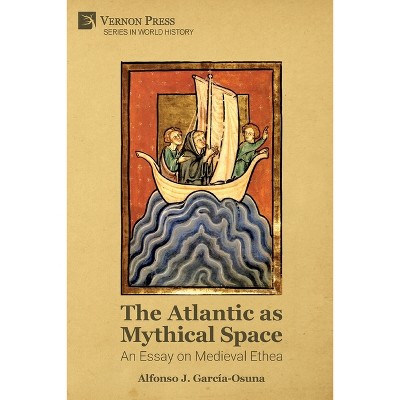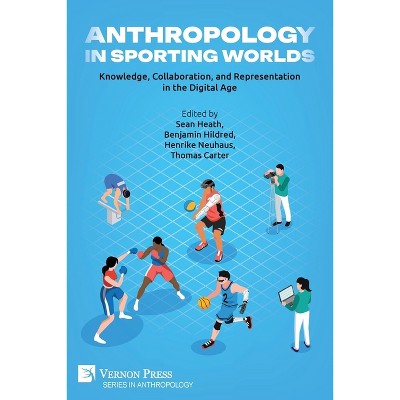About this item
Highlights
- The Silk Road generally evokes images of places, cultures and peoples linked by the exchange of exotic goods and fabled treasures.
- Author(s): David W Kim
- 234 Pages
- History, Asia
- Series Name: World History
Description
Book Synopsis
The Silk Road generally evokes images of places, cultures and peoples linked by the exchange of exotic goods and fabled treasures. The notion of the subject, however, often disregards the historical fact that the Silk Road routes functioned as a unique channel for spreading religious ideas, culture and literature. The personal or community beliefs of the Silk Road were changed radically as a result of the impact of external influences. 'Silk Road Footprints: Transnational Transmission of Sacred Thoughts and Historical Legacy' demonstrates that sacred communities interacted, coexisted, competed and influenced each other over long periods. These include those local traditions that evolved in ancient China, the Middle East, Africa, Central Asia, Korea and Japan and the subsequent larger traditions that arose in the region-Judaism, Buddhism, Christianity and Islam-as well as the shamanistic and animistic traditions of various nomadic peoples. The history of religions along the Silk Road is a remarkable illustration of how beliefs and civilisations often reflect a broad pattern of synthesis rather than clash. This book indicates that Asia (South, Southeast, East Asia and China), one of the most pluralistic religious regions in the world, has become a center of attention as a bridge between cultures. Ultimately, the creative study of the Silk Road and religious transnationalism evidences the implication that the local groups have been developed under the new environment of sacred principles and traditions as well as political influence.
Review Quotes
This book offers a valuable and vibrant collection of essays, written by an international board of specialised scholars, on the 'silk road': a complex historical reality, but also the topos and locus of ongoing imaginary frames of ancient and more recent projections on this legendary connection between East and West.
Lionel Obadia
University of Lyon, France
What sets this volume unique is its scrupulous attention to geo-cultural perspectives on the landscapes of the Silk Road and its consideration of the impact of counter-cultural religions. Contributors offer critical analyses of the transmission of religious philosophies from the perspectives of Hinduism, Buddhism, Islam, neo-Confucianism, and Protestantism as well as considering contemporary routes like China's Belt and Road Initiative (BRI). This volume sets a new course for Silk Road studies and is likely to have an enduring impact on the field.
Stephen D. Glazier
Yale University












